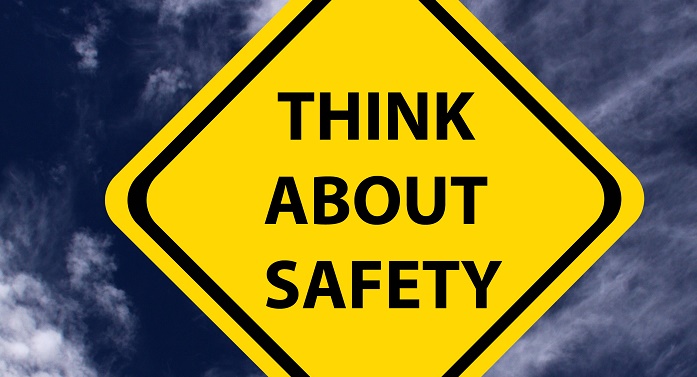What’s in a Safety Management System? Sofema Aviation Services www.sassofia.com considers the background including roles and responsibilities.
How it was in the past
Historically organisations have relied on a single person to manage safety although the phrase is perhaps misleading, in reality organisations had a person who is essentially responsible for following up in the event of a report being issued.
Now the new way
Whilst the SMS is required by EASA we should also understand that the overall requirement s come from ICAO Standards in particular ICAO Annex 19. What we are now being presented with is a new way of doing business. Where the organization has a system for managing safety on an organizational level where the role of the Safety Manager becomes the focal point for managing the safety office which in turn is responsible for gathering and processing data.
The primary reason that SMS is described as a system is that the process operates in such a way as to gather data, analyze this data determine risk and allow the relevant responsible person to consider the appropriate behaviour once the risk is understood. We should consider the importance of managing competences and of the management of the organisations training need to ensure that the training is appropriate and effective, as well as the importance of gathering data and identifying anything which has the potential to harm the organization its business its finances or its employees.
Creating a Safety Management “System”
Once a system is in place which is able to identify weaknesses and pressure points in the organization it becomes possible to work towards not only continuous monitoring but continuous improvement.
Everyone in the organization (means each and every employee) has a role to play in delivering the Safety Management System. The challenge is to provide the necessary support guidance and motivation and leadership to ensure this is achieved in an economic and viable way.
Our goal should be to achieve zero accidents and incidents. In doing so we recognize that we will have much opportunity to consider risk and constantly work to reduce this risk, in addition we will continue to address Incidents when they happen and take appropriate actions to ensure they do not happen again. We also have to develop processes to actively “hunt” for the problem before it is manifested as an incident.
Ongoing Relationship between Quality & Safety
We should consider the relationship between Quality and Safety to understand how the different elements of Quality Assurance, Quality Control & Safety Assurance and the need to ensure effective cooperation within the organization to maximize the effectiveness of the Safety Management System.
Final Words
We need to ensure this data is considered and analyzed in the most effective way by the Safety Office and passed to the appropriate manager or responsible person for mitigation.
Sofema Aviation Services (SAS) www.sassofia.
Please email office@sassofia.com or Easaonline@sassofia.com




